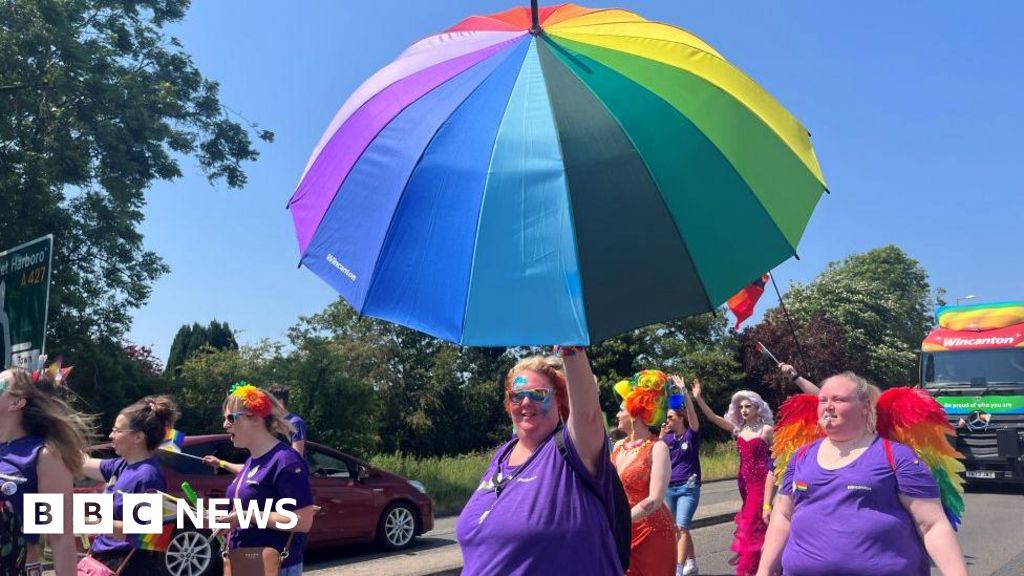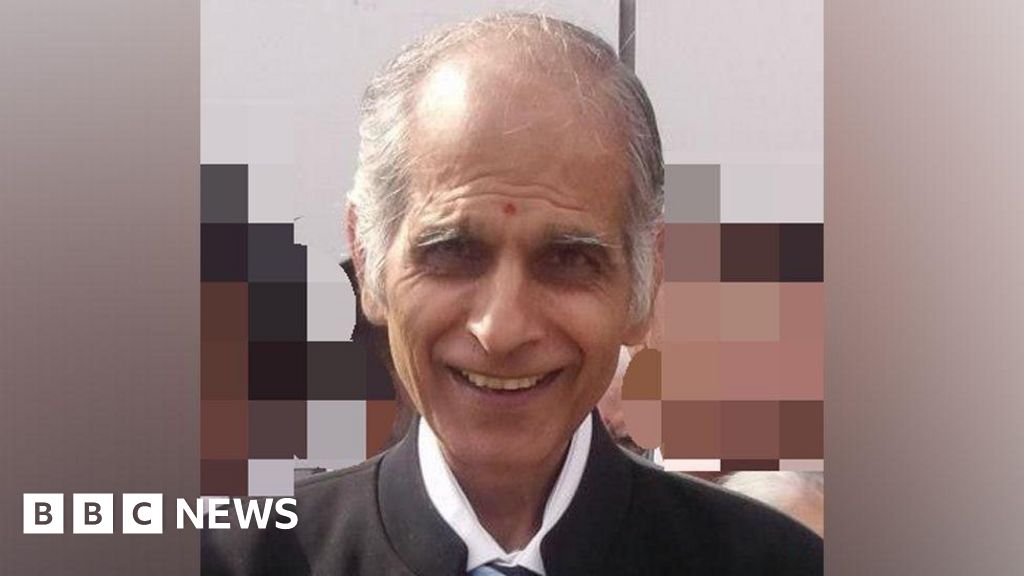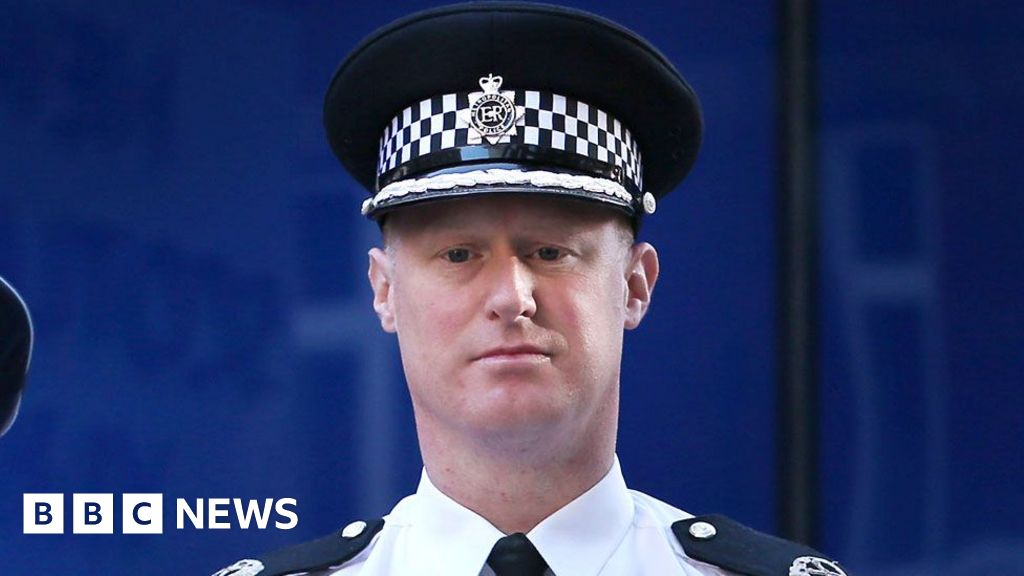- Startups
Which US cities have the LA immigration protests spread to?
时间:2010-12-5 17:23:32 作者:Stocks 来源:Health 查看: 评论:0内容摘要:Coroner Maria Dougan tied the death to the absence of a mother and baby unit, finding that one should be established in Northern Ireland.Coroner Maria Dougan tied the death to the absence of a mother and baby unit, finding that one should be established in Northern Ireland.
According to unverified reports by Russian Telegram channel Baza – which is known for its links to the security services – the drivers of the lorries from which the drones took off all told similar stories of being booked by businessmen to deliver wooden cabins in various locations around Russia.Some of them said they then received further instructions over the phone on where to park the lorries; when they did so, they were stunned to see drones fly out of them.

In a triumphant post shared on social media on Sunday night, Ukrainian President Volodymyr Zelensky – who directly supervised the operation - said 117 drones had been used in the daring attack that took "one year, six months and nine days" to prepare.He also said one of the targeted locations was right next to one of the offices of the FSB Russian security services.Russia has said it has detained people in connection with the attack, although Zelensky stated the people who had helped facilitate the operation "were withdrawn from Russian territory... they are now safe".

In a now-deleted Telegram post, local authorities from the city of Ust-Kut in the Irkutsk region said they were looking for a Ukrainian-born 37-year-old in connection with the drone attack on the Belaya military airfield.Images shared by the SBU show dozens of small black drones neatly stashed in wooden cabins inside a warehouse, which Russian military bloggers pinpointed to a location in Chelyabinsk.

Dr Steve Wright, a UK-based drone expert, told the BBC the drones used to hit Russian aircraft were simple quadcopters carrying relatively heavy payloads.
He added that what made this attack "quite extraordinary" was the ability to smuggle them into Russia and then launch and command them remotely – which he concluded had been achieved through a link relayed through a satellite or the internet. Zelensky said each of the 117 drones launched had its own pilot.The contrast between the insect's slender form and the leaf's textured surface underscores the intricate beauty of nature's hidden wonders.
Sebastião Salgado, regarded as one of the world's greatest documentary photographers, has died at the age of 81.The Brazil-born photographer was known for his dramatic and unflinching black-and-white images of hardship, conflict and natural beauty, captured in 130 countries over 55 years.
His hard-hitting photos chronicled major global events such as the Rwanda genocide in 1994, burning oilfields at the end of the Gulf War in 1991, and the famine in the Sahel region of Africa in 1984."His lens revealed the world and its contradictions; his life, the power of transformative action," said a statement from Instituto Terra, the environmental organisation he founded with his wife, Lélia Wanick Salgado.
- 最近更新
- 2025-07-07 02:22:57Innovative Lawyers Awards North America
- 2025-07-07 02:22:57Most LGBTQ adults in US don’t feel transgender people are accepted: Poll
- 2025-07-07 02:22:57What is famine, and why is Gaza at risk of reaching it soon?
- 2025-07-07 02:22:57Warner Bros to cut CEO Zaslav’s pay package following shareholder rebuke
- 2025-07-07 02:22:57Photos: A free clinic for donkeys, vital to Ethiopia’s economy
- 2025-07-07 02:22:57Harvard students protest Trump’s university crackdown
- 2025-07-07 02:22:57Can women’s career success be a recipe for divorce?
- 2025-07-07 02:22:57Turkiye welcomes PKK pledge to disband. Why now?
- 热门排行
- 2025-07-07 02:22:57our comprehensive guide to full-coverage car insurance
- 2025-07-07 02:22:57Trump brushes aside Elon Musk’s criticisms of his signature budget bill
- 2025-07-07 02:22:57AIRROBO Smart Pool Robot Vacuum$370$600Save $230with coupon
- 2025-07-07 02:22:57Commuting is back — but not as we knew it
- 2025-07-07 02:22:57AOLThe 44 best early Prime Day deals this weekend
- 2025-07-07 02:22:57Fresh stays in New York City: a hotel for every vibe
- 2025-07-07 02:22:57Iran has not agreed to inspections or given up enrichment, says Trump
- 2025-07-07 02:22:57Donald Trump condemns Putin after deadly Russian strikes on Ukraine
- 友情链接
- German court convicts Syrian doctor of crimes against humanity US Supreme Court lets fuel producers challenge California emissions rules Hezbollah watches on as Iran and Israel battle, for now The water of Hajj: A simple illustrated guide to Zamzam Can the US afford to lose its 1.1 million international students? Fashion brands accused of shortcuts on climate pledges overlooking workers Freedom Flotillas: A history of attempts to break Israel’s siege of Gaza US Supreme Court declines to speed up decision to take up fight over tariff History Illustrated: The Kerch Bridge is ‘doomed’ ‘Not for you’: Israeli shelters exclude Palestinians as bombs rain down Mapping Israel’s expanding air attacks across Syria One in 67 people worldwide remains forcibly displaced: UNHCR report US Fed leaves interest rates unchanged amid economic uncertainty Oil prices spike, US stocks fall on Israel-Iran crisis Mapping Israel’s expanding air attacks across Syria The US sponsored Iran’s 1953 regime change: Is Trump planning a repeat? Elon Musk’s X sues New York to block social media hate speech law Escalate to de-escalate? What options does Iran have to end Israel war? How the Los Angeles protests unfolded: A visual guide G7 leaders push Trump on trade as talks continue German court convicts Syrian doctor of crimes against humanity At least 49 dead in South Africa flooding, students washed away in bus Mapping Israel’s expanding air attacks across Syria Layoff notices delivered to hundreds of Voice of America employees Eid al-Adha greetings in different languages ‘The shelter was full’: Israelis confront unprecedented missile barrages Israel-Iran conflict: List of key events, June 19, 2025 British parliament votes in favour of assisted dying law How do ballistic missiles work and what’s their range? One in 67 people worldwide remains forcibly displaced: UNHCR report
